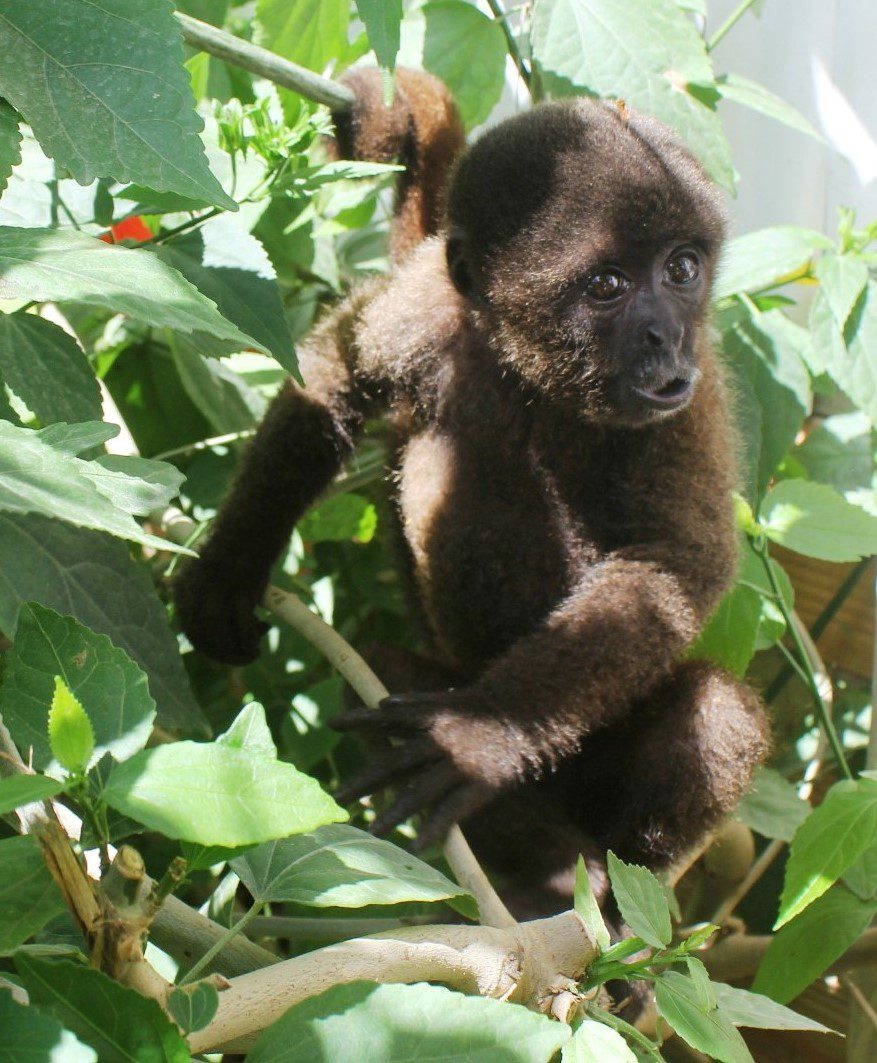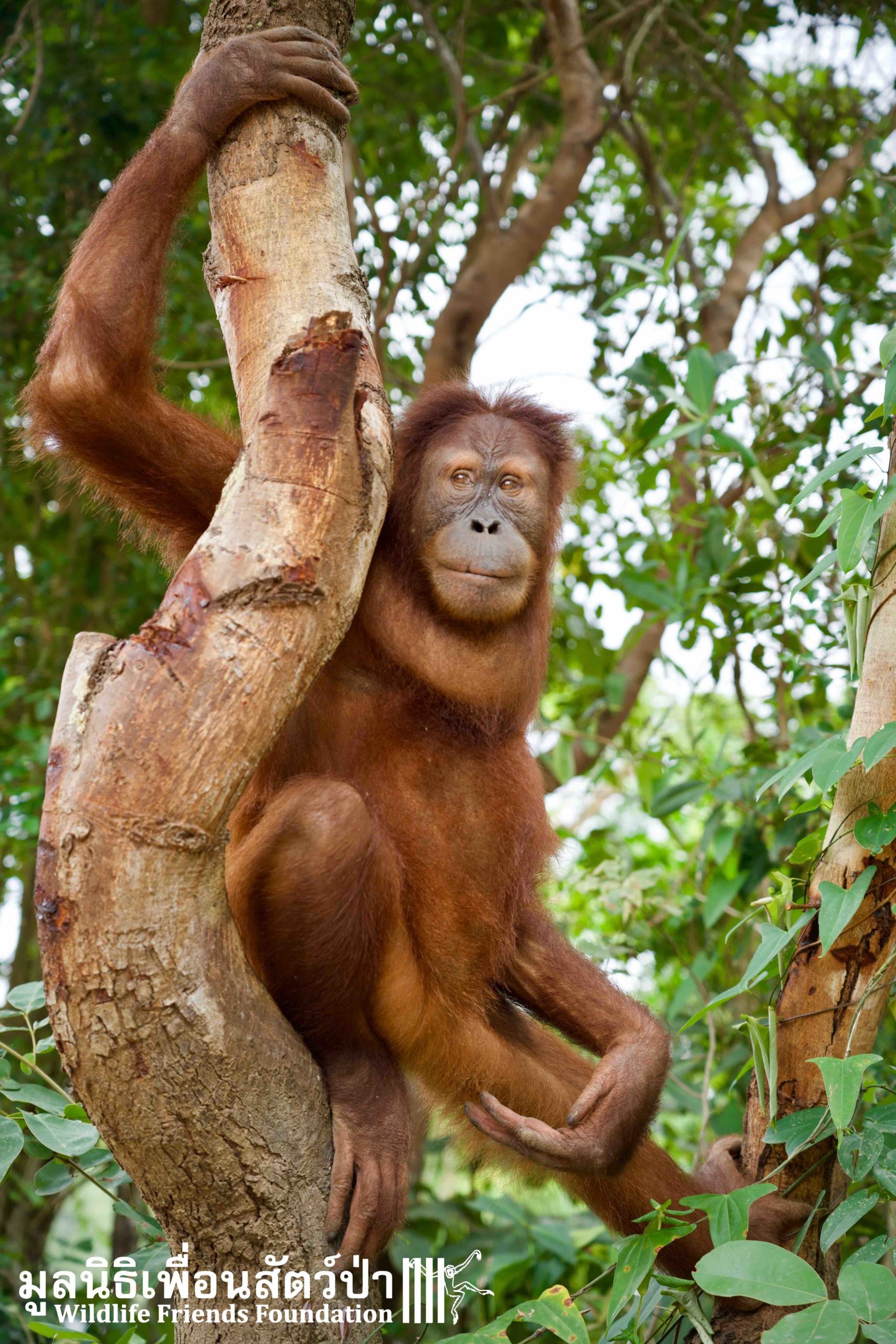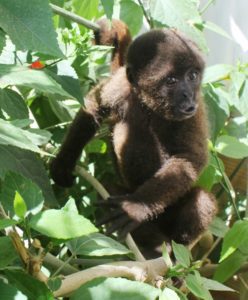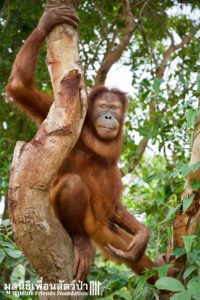The Case for Primate Protection
© Ryan Scott, Centre for Animal Rehabilitation and Education

From lemurs to orangutans, tarsiers to gorillas, primates are captivating and sometimes unnervingly similar to us. So it’s not surprising that this group of more than 500 species receives a great deal of research and conservation attention.
But despite this effort, more than 60% of primate species are threatened with extinction mainly due to
human activities, such as habitat loss, hunting, illegal trade, climate change and disease.
This is not a new development, but a problem that has been in existence for decades—a problem that refuses to go away.
The main mechanism for the international protection of primates comes via the Convention on International Trade in Endangered Species (CITES), which first went into effect in 1975. Today, this remains the primary international treaty governing the trade in endangered plants and animals.
All apes (gorillas, orangutans, chimpanzees, bonobos, and gibbons), all lemurs, and many monkeys appear on CITES Appendix I, the list reserved for the most endangered species. Any international trade in species listed here must be accompanied by both import and export permits, and the transaction must not be undertaken for primarily commercial purposes (only purely scientific exchanges or other non-commercial exceptions can be made).
All primates not listed on Appendix I are listed on Appendix II. Appendix II lists species “that are not necessarily now threatened with extinction but that may become so unless trade is closely controlled.” Species listed on Appendix II may be commercially traded (as long as they have been lawfully removed from the wild, with no detriment to their species). Only an export document is needed in these cases. Unfortunately, fake permits facilitate the continued trade of Appendix II species, including many monkeys.

While this treaty was intended to limit the trade in threatened wild plants and animals, its effective implementation has been hampered by corruption and mismanagement. Similarly, while primates are also technically protected by domestic law in nearly every country where they are native, the infrastructure for implementing these laws is generally lacking. Meanwhile, the threats to primate survival have not decreased: they are caught and dismembered for traditional medicinal uses, they are confined and abused to amuse tourists, the young ones are kidnapped for pets, the adults are hunted as bushmeat.
Primate habitat is similarly under attack: destroyed by illegal (and even legally-sanctioned) logging, disrupted by mining operations, or obliterated due to human encroachment on the land for houses and farms. Those few primates who manage to survive in the wild may succumb to other human-generated disasters, like disease or warfare.
Often, the people who promulgate these forms of ape exploitation are themselves victims. They are victims of an ignorance of their country’s wildlife heritage that leads them to undervalue the unique animals who share their world. They are victims of poverty and poor governance, which force them to ruin native primate habitat so that they and their families can eke out a living. They are victims of poorly-thought-out conservation measures that make no allowances for a respectful coexistence between humans and their wild primate neighbors. They are victims of a system of ineffective wildlife law enforcement that essentially rewards people who are ruthless enough to run the risk of an occasional fine in order to make huge illegal profits by trafficking in helpless animals.
Until the day comes when primates around the world are protected by meaningful wildlife law enforcement, consistent animal welfare protections, and sensible habitat preservation policies, the world’s primates will still need their defenders—like IPPL.

©Neotropical Primate Conservation
From lemurs to orangutans, tarsiers to gorillas, primates are captivating and sometimes unnervingly similar to us. So it’s not surprising that this group of more than 500 species receives a great deal of research and conservation attention.
But despite this effort, more than 60% of primate species are threatened with extinction mainly due to
human activities, such as habitat loss, hunting, illegal trade, climate change and disease.
This is not a new development, but a problem that has been in existence for decades—a problem that refuses to go away.
The main mechanism for the international protection of primates comes via the Convention on International Trade in Endangered Species (CITES), which first went into effect in 1975. Today, this remains the primary international treaty governing the trade in endangered plants and animals.
All apes (gorillas, orangutans, chimpanzees, bonobos, and gibbons), all lemurs, and many monkeys appear on CITES Appendix I, the list reserved for the most endangered species. Any international trade in species listed here must be accompanied by both import and export permits, and the transaction must not be undertaken for primarily commercial purposes (only purely scientific exchanges or other non-commercial exceptions can be made).
All primates not listed on Appendix I are listed on Appendix II. Appendix II lists species “that are not necessarily now threatened with extinction but that may become so unless trade is closely controlled.” Species listed on Appendix II may be commercially traded (as long as they have been lawfully removed from the wild, with no detriment to their species). Only an export document is needed in these cases. Unfortunately, fake permits facilitate the continued trade of Appendix II species, including many monkeys.

©Wildlife Friends Foundation Thailand
While this treaty was intended to limit the trade in threatened wild plants and animals, its effective implementation has been hampered by corruption and mismanagement. Similarly, while primates are also technically protected by domestic law in nearly every country where they are native, the infrastructure for implementing these laws is generally lacking. Meanwhile, the threats to primate survival have not decreased: they are caught and dismembered for traditional medicinal uses, they are confined and abused to amuse tourists, the young ones are kidnapped for pets, the adults are hunted as bushmeat.
Primate habitat is similarly under attack: destroyed by illegal (and even legally-sanctioned) logging, disrupted by mining operations, or obliterated due to human encroachment on the land for houses and farms. Those few primates who manage to survive in the wild may succumb to other human-generated disasters, like disease or warfare.
Often, the people who promulgate these forms of ape exploitation are themselves victims. They are victims of an ignorance of their country’s wildlife heritage that leads them to undervalue the unique animals who share their world. They are victims of poverty and poor governance, which force them to ruin native primate habitat so that they and their families can eke out a living. They are victims of poorly-thought-out conservation measures that make no allowances for a respectful coexistence between humans and their wild primate neighbors. They are victims of a system of ineffective wildlife law enforcement that essentially rewards people who are ruthless enough to run the risk of an occasional fine in order to make huge illegal profits by trafficking in helpless animals.
Until the day comes when primates around the world are protected by meaningful wildlife law enforcement, consistent animal welfare protections, and sensible habitat preservation policies, the world’s primates will still need their defenders—like IPPL.

